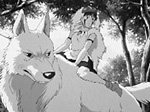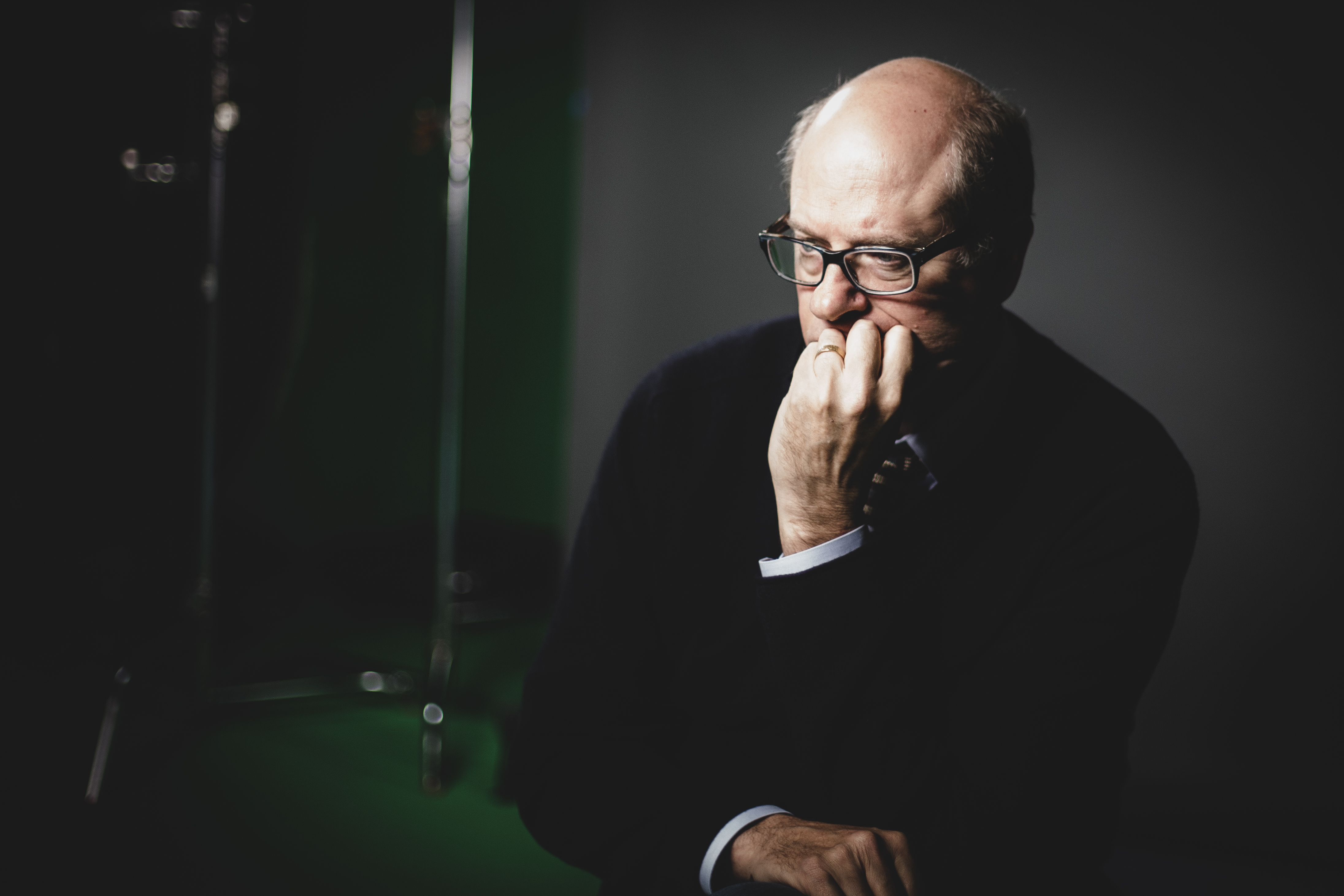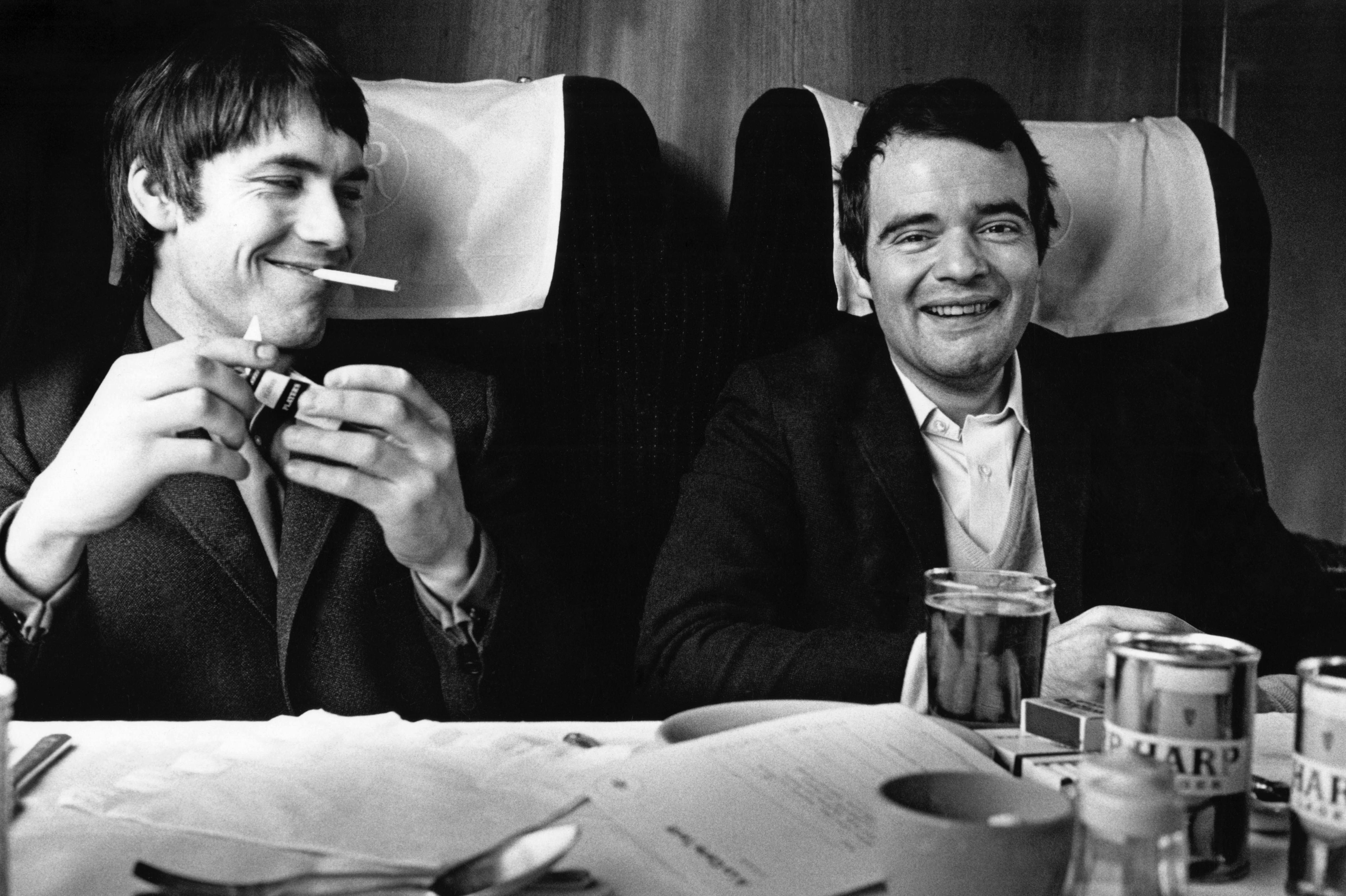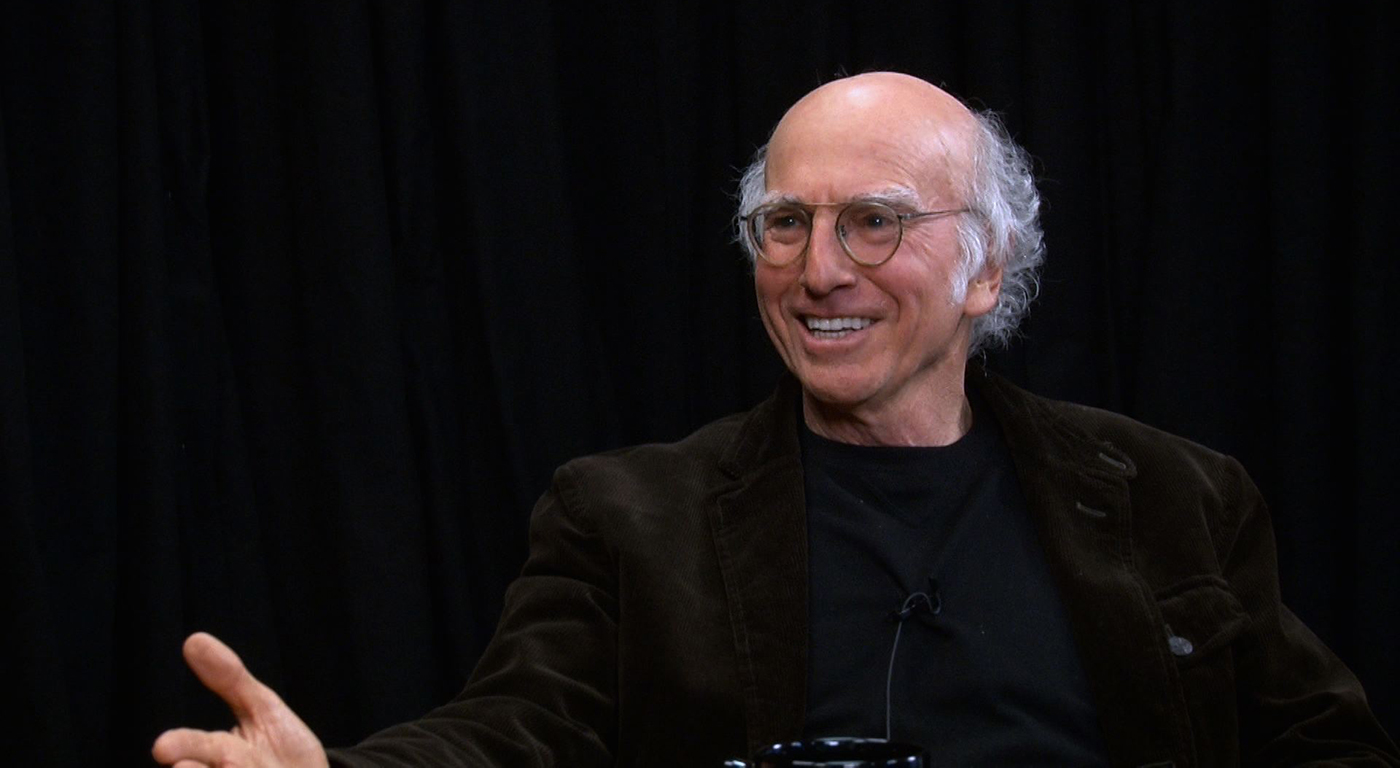THERE’S MAGIC in every frame of Hayao Miyazaki’s epic fantasy Princess Mononoke, an adventure grounded in mythology as richly complex as Disney’s fairy tales are simplistic. The last of his lost clan, Prince Ashitaka leaves his peaceful paradise on a quest to find a cure for the demonic disease threatening to devour him. He travels west into a medieval Japan in the early stages of industrialization, where he finds forests razed and the earth sucked dry of resources. Yet the natural world has rallied to fight the human incursion. Or perhaps the supernatural world would be more accurate, as wolf gods attack human caravans and giant boars gather for a frontal assault on the fortress city that holds the iron forge driving the human hunger for raw materials.
PRINCESS MONONOKE
directed by Hayao Miyazaki
opens November 5 at Pacific Place, Varsity
STUDIO GHIBLI RETROSPECTIVE: THE MAGIC OF MIYAZAKI, TAKAHATA AND KONDO
runs November 5-11 at Egyptian
Miyazaki’s palette is rich in earth tones; the screen explodes in green, blue, and brown, punctuated with splashes of yellow and red—which is, more often than not, the blood of wounded creatures. After an initial 30 minutes of rather routine animated fantasy, the film expands to reveal a completely different cultural imagination, an elemental world of animal tribes, spirits, and gods imagined as magnificent giants and enchanting imps. The tale turns from mystic quest to mythic struggle between man and nature. Where Western fantasies turn on the polarities of good and evil, Miyazaki paints his figures in moral shades of gray—presenting the yin and yang within both man and nature. His figurehead is Mononoke herself, a wolf child and primal eco-warrior who leads the charge against her blood kin, humankind, in a battle of apocalyptic proportions.
THE STUDIO GHIBLI is famous for films of wonder and imagination, earning Miyazaki—its producer, founder, and most accomplished artist—the ill-fitting sobriquet of Japan’s Walt Disney, which entirely understates his sophisticated sensibility. Miyazaki’s work highlights the Egyptian’s week-long Ghibli retrospective, which includes his fantasies for adults—Nausica䠯f the Valley of the Wind and Porco Rosso—and for children. His two best-known works stateside, the delightful adventures Kiki’s Delivery Service and My Neighbor Totoro, deal respectfully and powerfully with the emotions and fears of kids.
By contrast, Princess Mononoke is a frankly mature film defined by blood, death, and anger, where hatred and magic are fused into myth. It’s the jewel in Miyazaki’s crown, an environmentalist epic as blood-and-thunder adventure. Yet Mononoke will have to battle American preconceptions of cartoons as kid stuff to draw an adult audience. For this is no cuddly fairy tale, but a wonderful, complex animated feature that is, in the very best sense, a cartoon for grown-ups.







